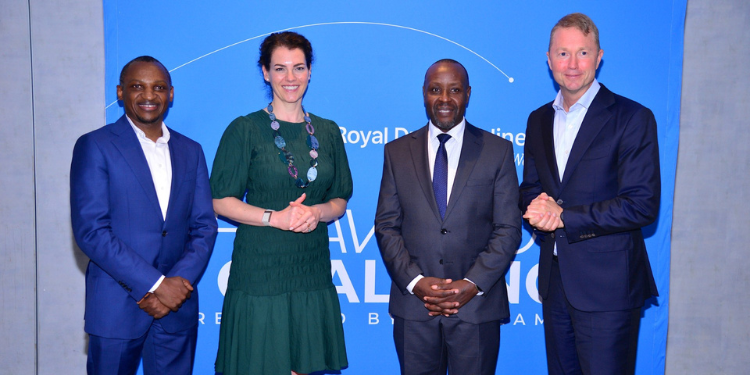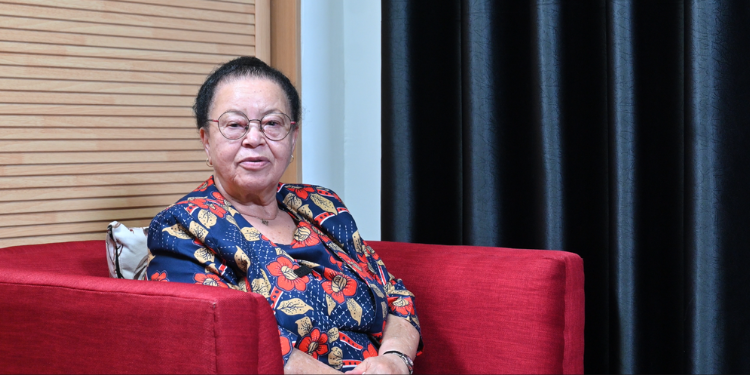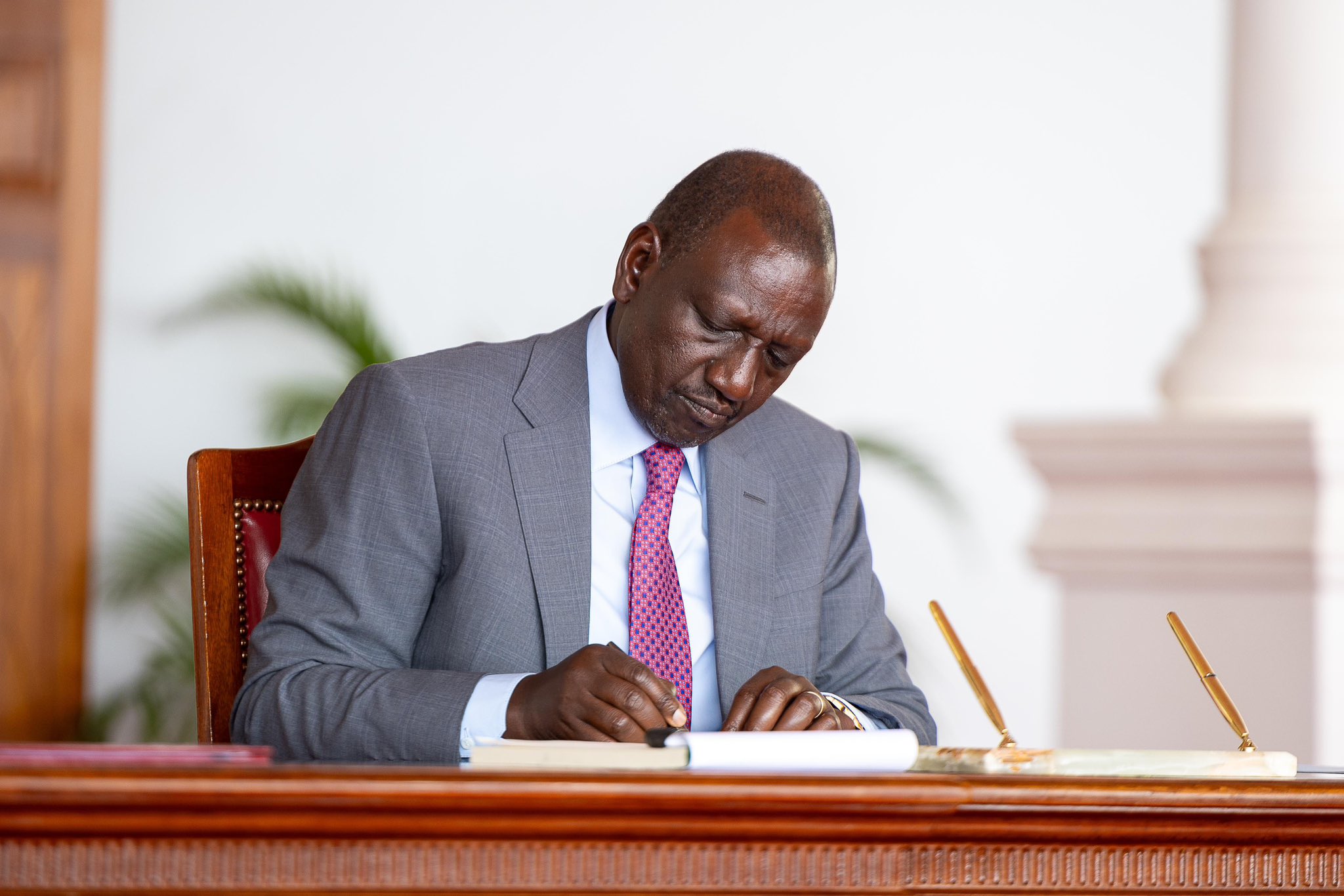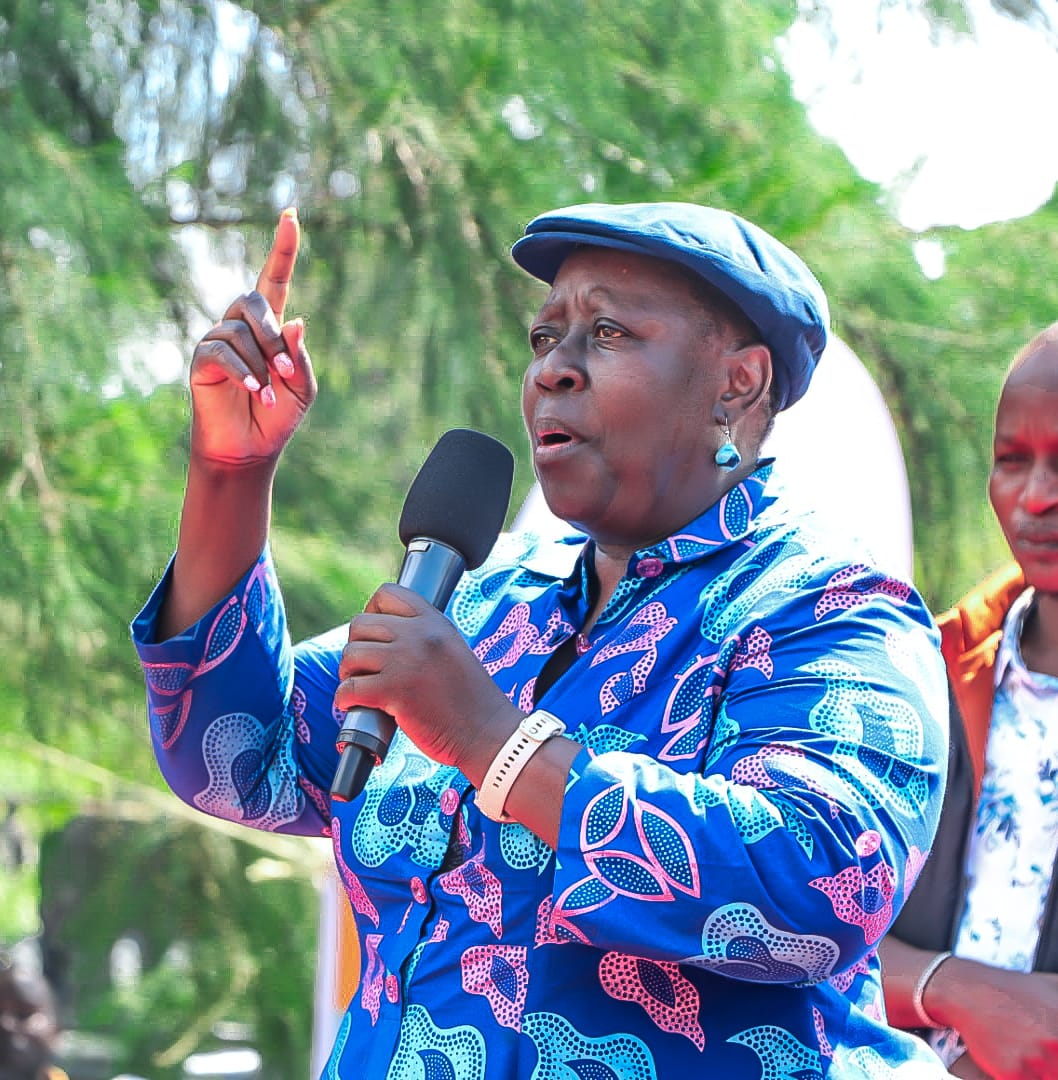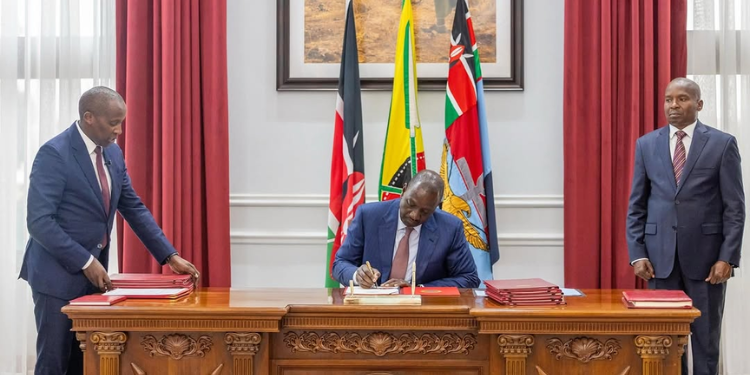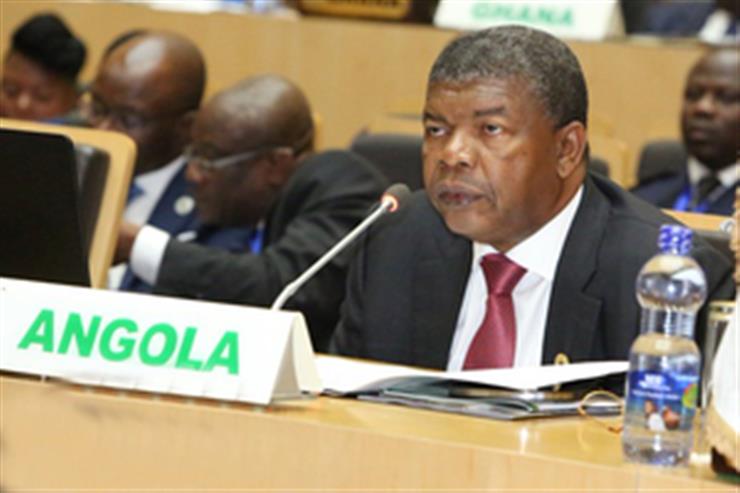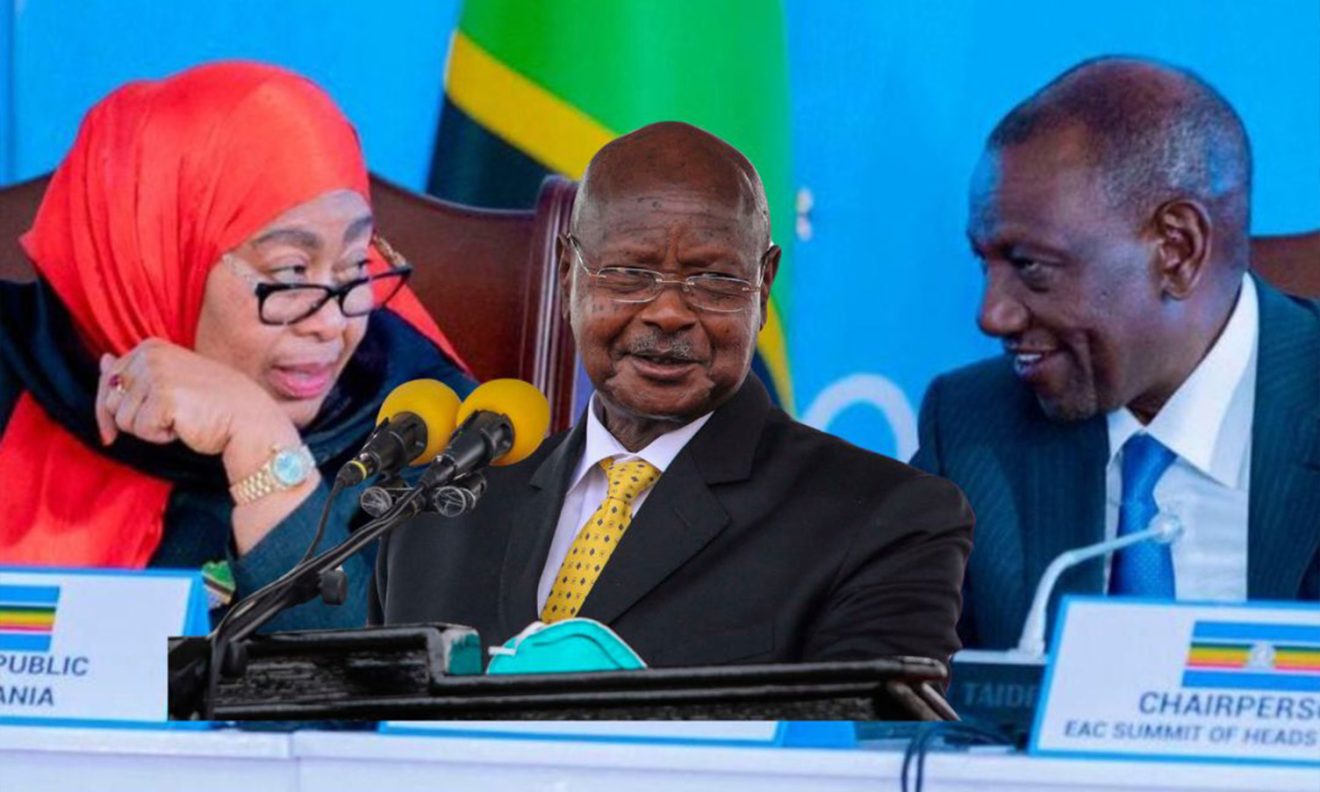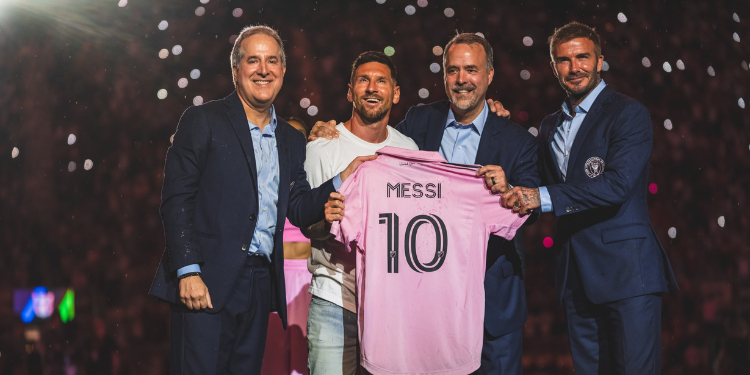Football team owners and managers are always in constant demand to transfer in the best player they can afford, and can help their team to become champions of the respective leagues they take part in.
This means that the player must transfer from one team to another, a tough process that involves multiple steps, negotiations and legal fees.
Every transfer follows a systematic procedure, whether it is a free transfer or involves millions of dollars.
Player Scouting and Interest
The first step in any transfer is identifying the potential player through scouting networks consisting of professional scouts, analysts, and data experts who track potential signings across the world.
Also Read: Transfer Deadline Looms as Al Hilal Target Arsenal Top Priority Benjamin Šeško
The players are monitored over time to assess their skills, suitability, and performance metrics like goals, assists, passing accuracy and goalkeeping.
The club evaluates squad needs: position, playing style, age and budget, often led by the manager, sporting director, and recruitment team.
The interested club may informally approach the player’s current club or agent to express interest.
If the player is under contract, the buying club must receive permission before making direct contact with the player or his agent, otherwise, it could be considered tapping up, which is illegal.
The only time a club is allowed to contact a player or his agent immediately is when the player is in the last 6 months of his contract.
Transfer Negotiations
After being permitted to speak to the player, negotiations involving the selling and buying clubs begin.
The key aspects of the negotiations include the transfer fee, which is the amount paid to the selling club for the player.
The player’s wages, whether weekly or annual, and the duration of the contract that the buying team is offering are also discussed at this stage by club executives, legal teams, and agents.
Bonuses for the player are also presented for negotiations, for performance-related stimulants such as goal scoring or clean sheet bonuses.
The signing-on fee concludes this stage of negotiations, so as to conclude the financial part with the selling club.
What Determines the Transfer Fee?
A player’s contract status at the selling club determines their price. The longer the remainder of the signed contract, the higher the price of the player.
The player’s market value, which is determined by recent performances, age, and potential, is also considered in transfer fee negotiations.
The selling club’s position affects the price of the transfer fee, as a club that needs to raise funds may be willing to accept a lower fee.
Additional clauses, such as sell-on fees, which give the selling club a percentage of a future transfer, and performance bonuses, which increase the fee if the player achieves specific milestones, also affect transfer fees.
These milestones include winning major trophies and individual global awards.
Personal Terms Agreement
Once the transfer fee is agreed, the next step is personal negotiations between the buying club and the player.
Players negotiate the length of the contract being offered as well as weekly salaries, performance bonuses, and loyalty bonuses.
Most of the popular or world-class players earn revenue from personal sponsorships, which must be agreed on and are discussed at this stage.
Release clauses are also discussed, which is a clause allowing a player to leave if a specific amount is paid.
Players often seek long-term contracts for financial security, while clubs prefer performance-based variables to protect their investments and only pay when they have good-performing players.
Medical Examination
The player then proceeds to undergo a thorough medical examination by the buying club’s medical staff to ensure the player is fit to play.
The medical staff check for existing injuries, overall fitness level, and the potential risk of future injuries after assessment of the player’s injury history.
If issues are found (e.g., undisclosed injuries), the club may renegotiate the fee or terms, or the deal could collapse.
Work Permit & Contract Signing
Both clubs finalise a transfer agreement document, outlining the fee, payment structure, and any clauses.
The player signs a new contract with the buying club, binding them for the agreed duration.
For international transfers, the buying club applies for a work permit based on the player’s nationality, international caps, and league status.
The transfer is submitted to the relevant league (e.g., Premier League, La Liga) and national federation for approval, ensuring compliance with rules like Financial Fair Play (FFP) and squad limits.
The process goes through FIFA’s Transfer Matching System (TMS) for international transfers, where both clubs enter details to verify the move and ensure transparency.
Transfer Windows and Deadlines
Transfers typically occur during designated windows. Summer Window often runs from June to August/September while winter window usually runs from January to early February in many leagues.
Also Read: Everything You Need to Know Ahead of FIFA Club World Cup 2025
An exception is free agents (players without a club), who can be signed outside these windows.
The final day of the window is hectic, with clubs rushing to finalise deals before the cutoff.
Payment and Financials
Fees are often paid in instalments, though some clubs pay upfront. The structure is agreed upon during negotiations.
Agents receive a commission (typically 5-10% of the transfer fee or player’s wages), paid by the player, buying club, or both.
Announcement and Integration
The buying club announces the signing via social media, their website, or a press conference, often with the player holding the team’s jersey.
High-profile signings often include events, featuring interviews, photoshoots, and even presentations in stadiums.
Follow our WhatsApp Channel and X Account for real-time news updates.





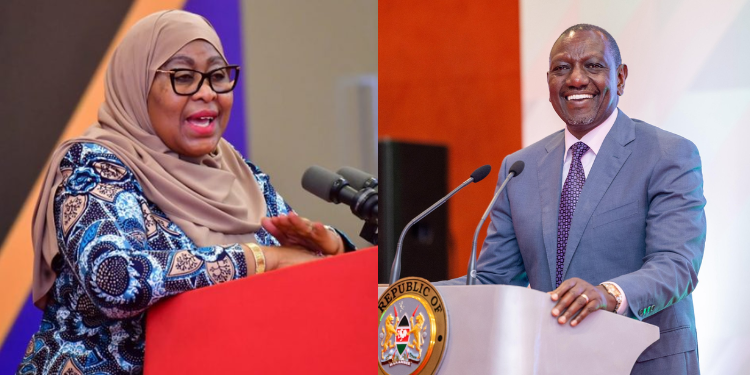
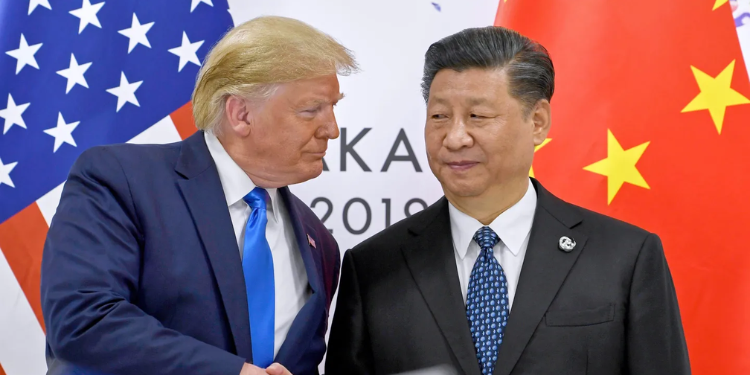
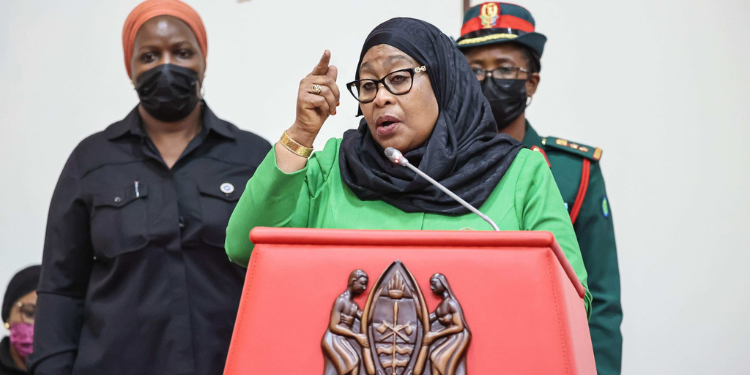

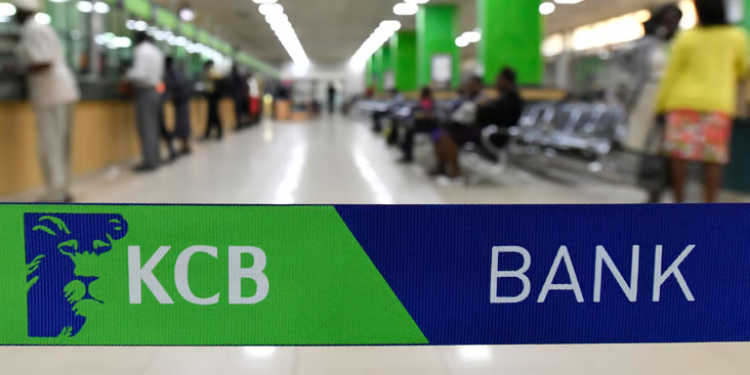
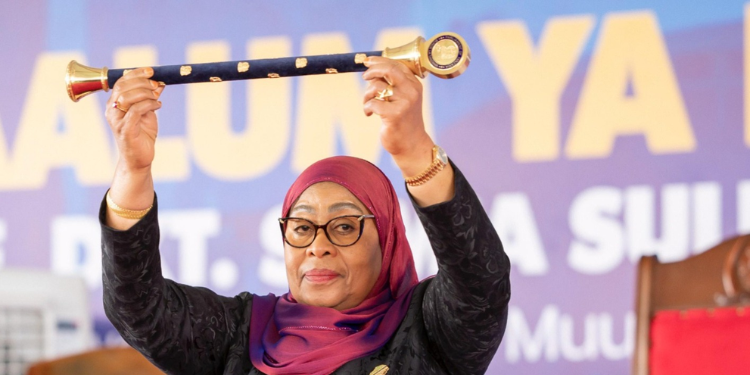

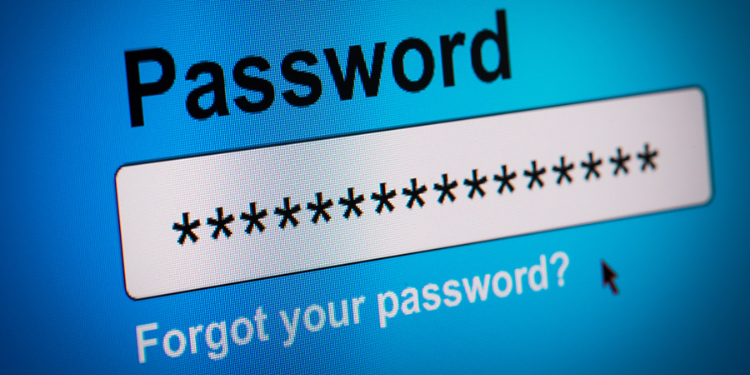
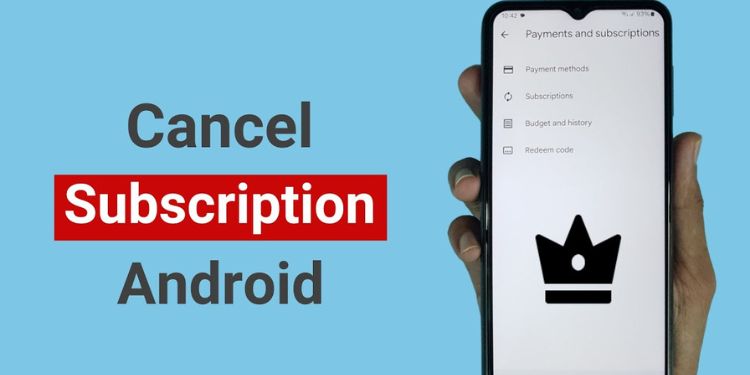


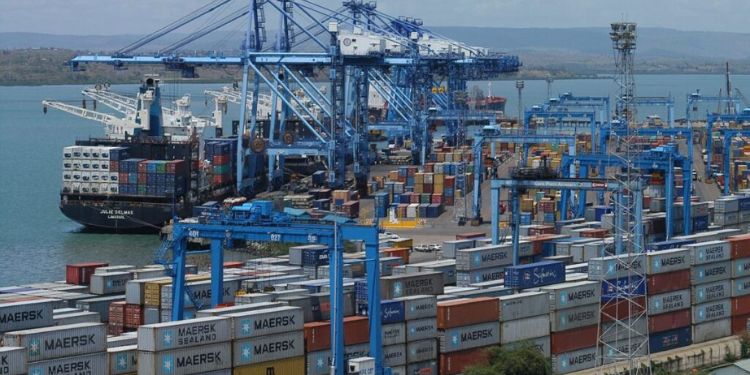
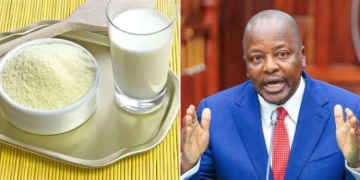
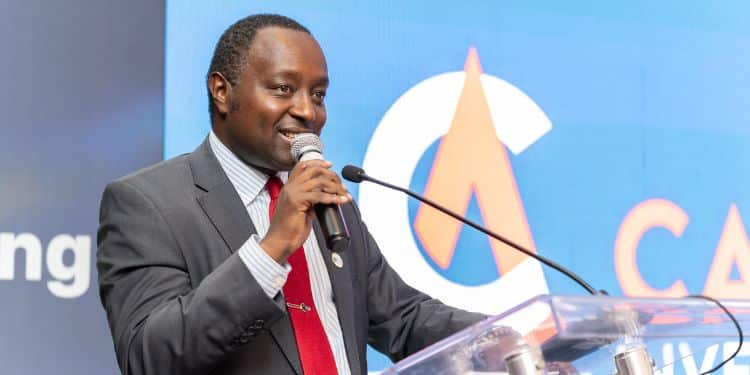



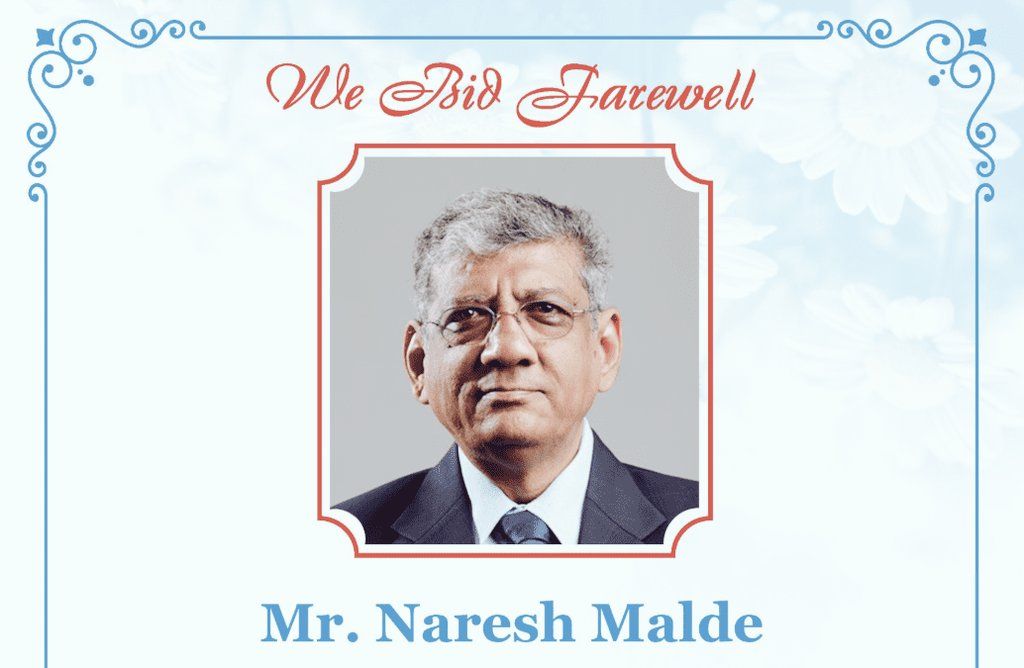











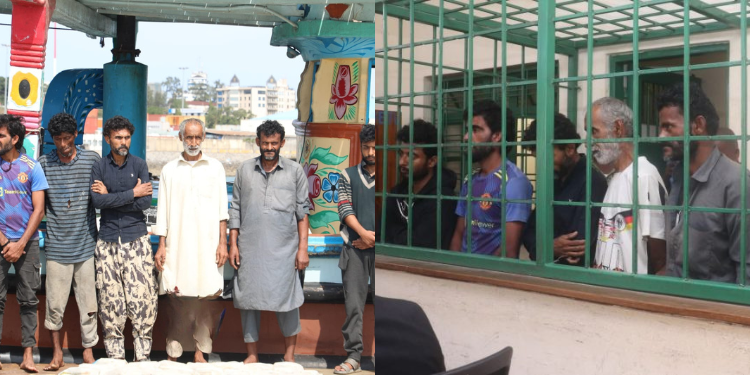
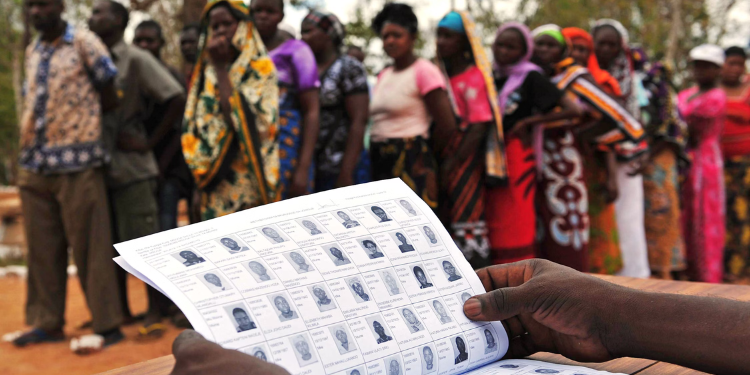

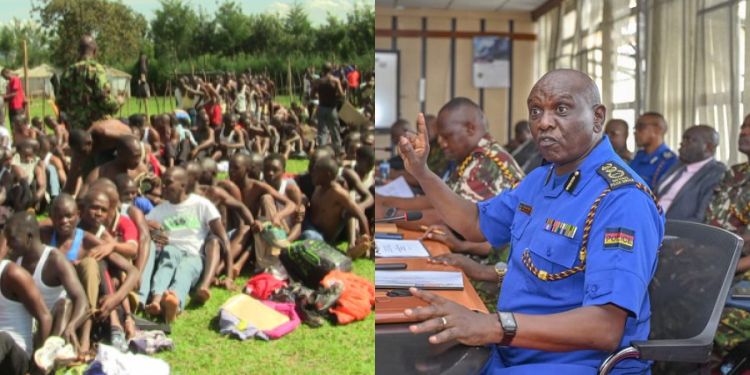
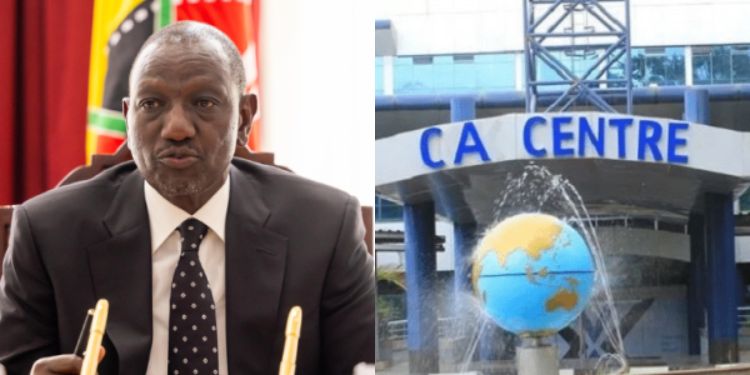
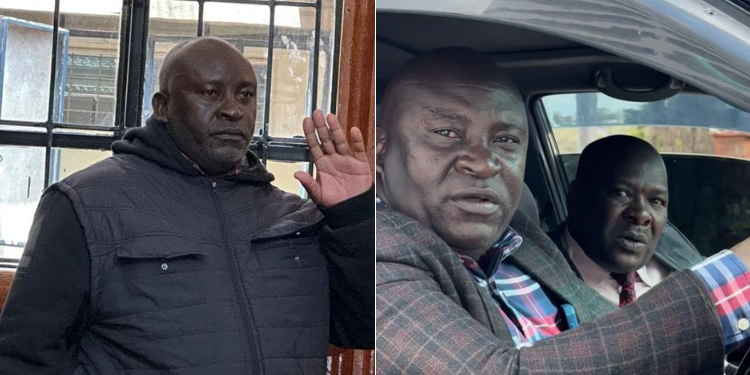
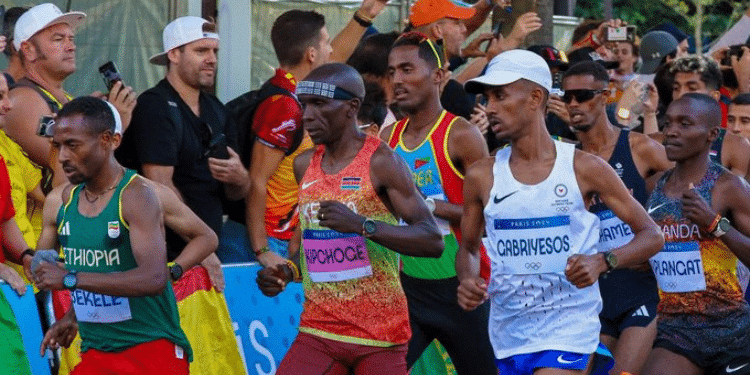

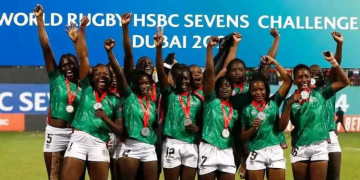
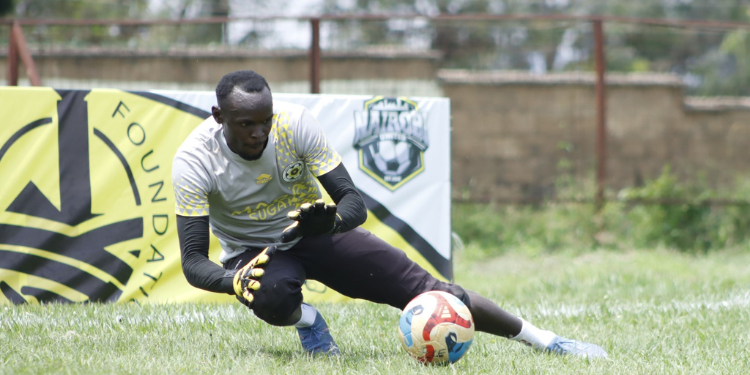

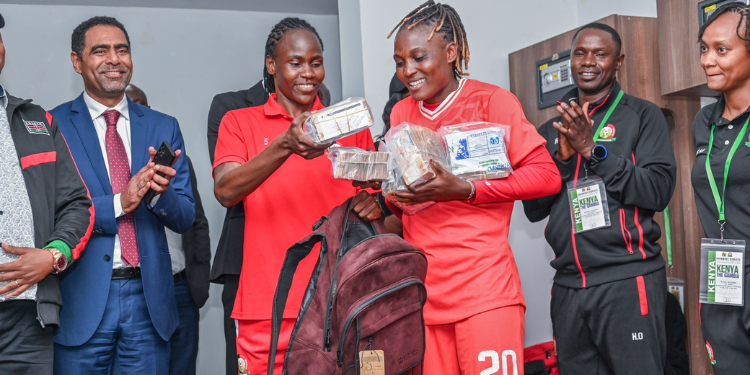

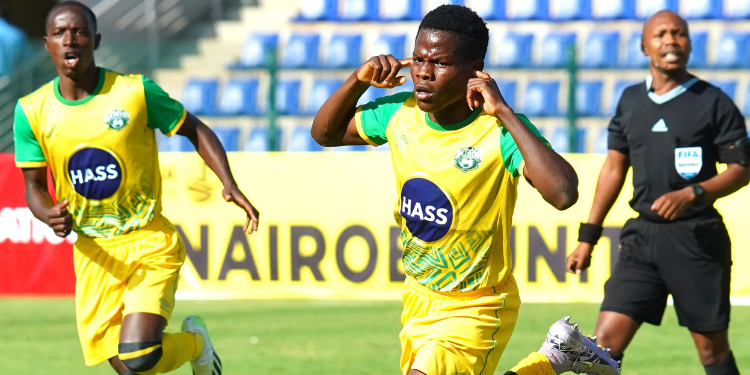
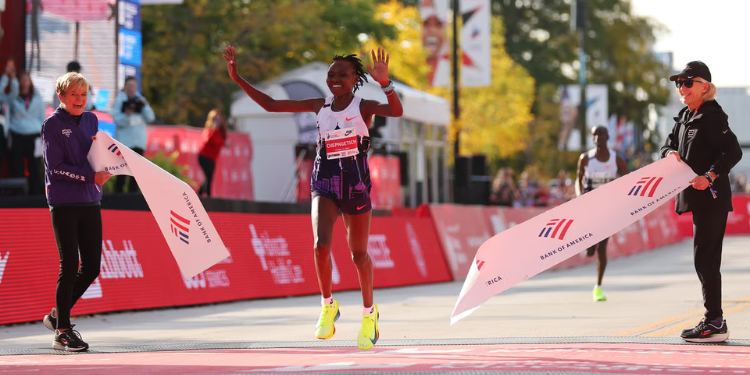
![Senator Allan Chesang And Chanelle Kittony Wed In A Colourful Ceremony [Photos] Trans Nzoia Senator Allan Chesang With Channelle Kittony/Oscar Sudi]( https://thekenyatimescdn-ese7d3e7ghdnbfa9.z01.azurefd.net/prodimages/uploads/2025/11/Trans-Nzoia-Senator-Allan-Chesang-with-Channelle-KittonyOscar-Sudi-360x180.png)







